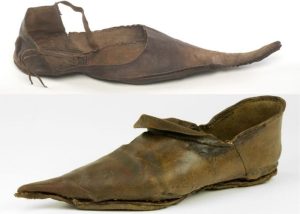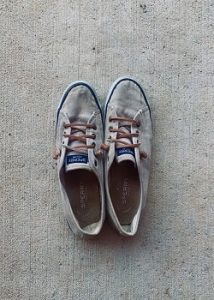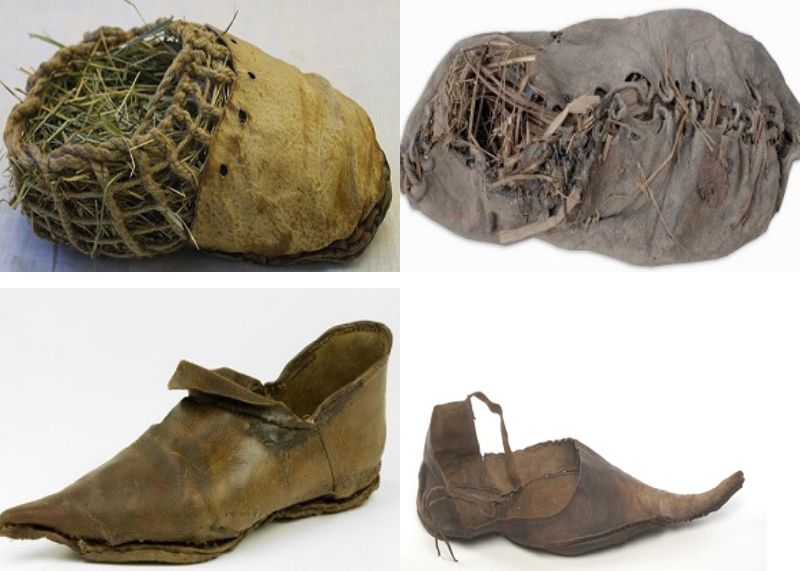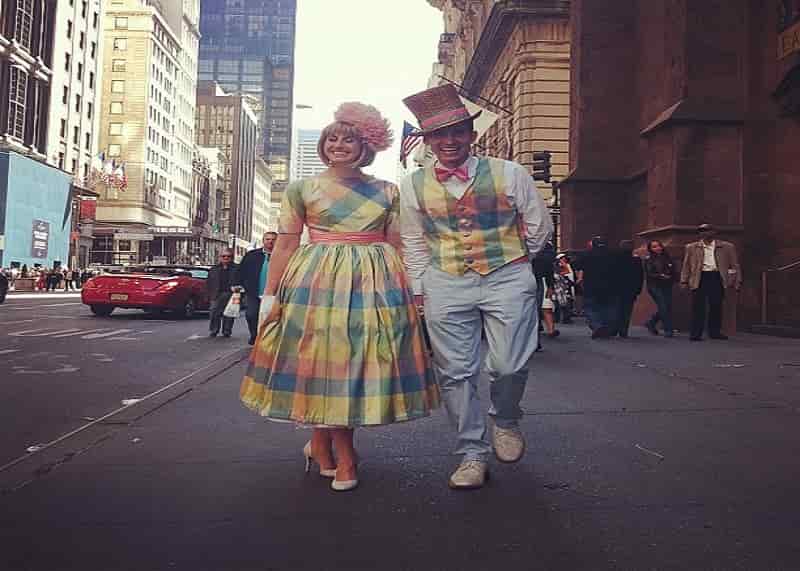A question may arise in your mind, Who Invented Shoes? Jan Ernst Matzeliger was a creator of first shoes, but he was the creator of the shoe machine.
A shoe provides safety & comfort to human’ feet & Back Pain. Shoes are also a symbol of fashion, which varies over time. Nowadays, you can get different kinds of shoes in numerous colors. You can enjoy many shoes according to the event. The shoe was made in the early 13th century in the Catalonian region of Spain. At that time, only a grower could wear shoes.
This article will discuss Who Invented Shoes (history of shoes). You will see the various revolution in the history of shoes.
Table of Contents
You Might Also Like ⇒
- How To Clean Suede Shoes
- How To Break In Shoes
- Best Black Sneakers
- Best Sneakers For Standing All Day
- Best Shoes For Standing All Day
- Reebok Sneakers For Women
- Best Dress Shoes For Men
- Best Dress Shoes For Plantar Fasciitis
- Comfortable Dress Shoes For Women
- Best High-Impact Sports Bra
- Best Sports Bras
- Most Comfortable Running Shoes
- Best Running Shirts
- Best Stability Running Shoes
- Best Summer Running Socks
- Best Running Shoes For Bad Knees
Who Invented Shoes?
1. Prehistory (2.5 million BC-1250 BC)

Forty thousand years ago, Humans-Felt the demand for first shoes. Necessity drove them to make a valuable thing to cover their feet. Our ancestors had to step on Rock, Bumpy, & Uneven Paths. The studies indicate that the old shoes were made up of animals’ skin & hides.
2. Antiquity (1250 BC- 475)
The history of human evolution proves that the older people were aware of these items & that covering the foot from external things is required. The study shows that the Egyptians, Romans, & Greece invented shoes. After 1200 BC, people made Pharaoh’s Sandal with long, Peaked-Toes; King or Prince wore such shoes.
Such shoes were designed from Papyrus-Fiber & Raw-Leather. These shoes were tied & stretched at the end of the foot. In old times, there were few limitations on the use of footwear. In ancient Rome, clothes & shoes were believed to be the image of improvement. So people sport shoes according to their position in society.
While in Geeks, the Sandals could be sported by only free residents to distinguish them from Enslaved-People. Despite all these, Roman-Soldiers wore sandals. The more the number of laces in the sandals, the higher the soldier’s rank.
3. Middle Ages (476- 1453)

Although the Middle Age was considered the Dark Ages, many shoes were made during that era. The heel was set in that era, & only men could sport heels at that time.
At the start of Middle-Age, the espadrilles got to Central Europe from the Pyrenees & became famous in the market. These shoes were Low-Weight & can wear in more warm weather, so they didn’t reach Northern Europe.
Northern & Central Europe created leather shoes turned inside out & sewed up with shoe soles. It was a seamless design in which the seamless shoes stayed inside the shoe. For such a design, low-weight leather is needed. The advantage of these shoes was that you could sport them in tough times.
During the Gothic Period, pointed shoes were invented. The tip of the boots described the status of the person. Such shoes were constructed of velvet & fancy things.
4. Early Modern Times (1453- 1918)

Before this era, only men could sport heels. Men’s-Legs were deemed a symbol of beauty. Early Modern-Times, both men & women wore fancy shoes.
At an earlier time, the growth of shoes changed rapidly in growing countries as it reached other countries. For example, Spain & Italy played an essential role in the development of shoes. Shoes were there first, then in other nations of Europe. They had the finest & fanciest shoes as reached to other countries.
During the Renaissance Period, the King wore High-Heels to represent supremacy. King-Louis XIV of France is known as the Sun King, who played an essential role in extending High-Heels‘ popularity. The pointed shoes were changed during this period with Squared-Nose shoes.
Despite all these, fancy & costly shoes were created in this era. Usually, those shoes were constructed of Velvet, Satin, & Silk.
5. Modern Times (1918-Present)

In this era, American Culture was raised in the growth of shoes such as shoes for concrete floors, shoes for back pain, shoes for nurses, shoes for running & shoes for a workout (Man and Women). In this period, the element of the boots was cheap & new. Fancy & High-Quality footwear was introduced in the mid of 20th century. Hollywood-Actors & Singers have a considerable impact on the growth of the shoe industry. For example, Band-Beatles popularized Chelsea, actress Audrey Hepburn popularized kitten-Heels, & schoolgirls wore Mary Jane shoes.
Sports shoes have an effective influence on the industry. The first sports shoe was invented in the middle of 19-Century, named Converse. Later on, sneakers came into the market & created a practical impact. Both men & women can wear these sneakers.
Conclusion
The Who Invented Shoes is gorgeous & revealing. Now, you can model anything without any limitations. While in the past, women were not permitted to wear heels. You can follow various trends & get different shoes of your choice. You can also enjoy multiple shoes according to the event. The latest technology of the 21st century allows us to appreciate the latest comfortable shoes.
History of Shoes | 40,000BC – 2023
Why Trust Us?
We fully know how tough it is to search for trustworthy shoe advice, & that’s one of the chief reasons we built FootwearCorner. We live for outdoor & indoor adventure, also we take these reviews and guides very sincerely. Here are some of the logic you can trust:
- Our choices are fully independent & based on personal and market experience.
- We have logged over 10,000 trail miles & test outdoor equipment for a living.
- We own & field test every shoe product we suggest, which is dismally not the norm.
- We visit Industry-Trade shows to hear about future product innovations.
- We regularly update our reviews & guides when the latest products launch.
- We treat our certificates as if they were for our friends & family.
- We are Life-Long learners & we are always open to helpful criticism. We would love to hear your feedback if you consider we missed a product or got something incorrect.




